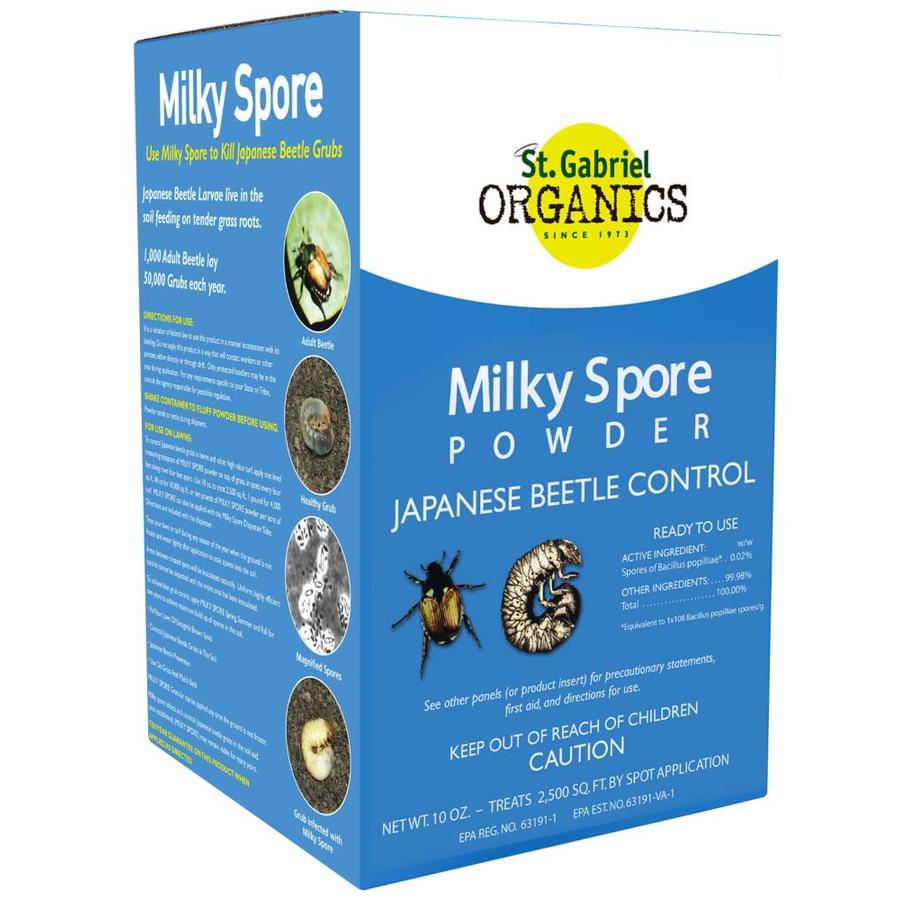Ah, August. The
season of sharpened pencils, shiny shoes, and first-day jitters. And the harbinger of the collective germ
pool shared amongst all those willing learners. From the water fountain to the pencil sharpener, bacteria
has a hey day. With three
grade-schoolers, I’m in the thick of germ warfare. A daily lecture circuit escapes semi-unconsciously from my mouth: “Wash your hands.” “Use a tissue!” “Stop
licking your brother.” Does it do
any good? Do they listen? I don’t know. We get our fair share of stomach viruses and strep
throat. I always say what we don’t
pick up from the community basketball in P.E. we get from the shopping cart at Aldi’s.
But thank goodness I’m not a grub mama. As those little baby grubs wriggle off
from home into the pitch-black underworld, they’re exposed to every imaginable
germ. How they can see what
they’re eating? Who knows? And there’s clearly no hand-washing
before meals. One soil-borne germ
in particular, milky spore, is deadly to grubs. Oh, those poor mamas, the sleepless nights they must endure
with such dangers lurking. You may
be more familiar with the parents of grubs these days: our iridescent summer
visitor, the Japanese Beetle. What? Not feeling sympathetic? I can relate.
 |
| A creepy Grub family tree |
I suppose beetles can’t help their behavior. They’re just doing what comes
naturally. It isn’t their fault
that we’ve planted all these delicious Linden trees and hollyhocks, roses and
beans around our properties. After
all, if the tables were turned, would we behave differently? If Willy Wonka’s dream came true, would
we leave the candy grass, gumdrop flowers and chocolate river alone simply
because they looked lovely? One
whiff of that cocoa current and my self-restraint would be taking a hike. This, however, isn’t Wonka World, and
I’m not here to make excuses for Japanese Beetles. We have crops to grow and plants to protect from the
appetite of these destructive creatures, which brings me back to the milky
spore germ.
 It’s important to clarify what Milky Spore (Bacillus
popillae) is not. It is not a
quick fix. Yes, I know you’re
worried about the marigolds the beetles are currently feasting on, but Milky
Spore is not that kind of a fix.
It does not instantly kill beetle like Sevin. This is a gradual population-control product. I know I lost most of you on the word
“gradual”, but hear me out. This
bacteria attacks the future generations that will be overwintering in and
emerging from your soil next spring.
It’s like taking out an airfield instead of just shooting bombers out of
the sky. You’re hitting them at
their population source. Milky
spore is applied in one season, and the resulting control can last upwards of
20 years.
It’s important to clarify what Milky Spore (Bacillus
popillae) is not. It is not a
quick fix. Yes, I know you’re
worried about the marigolds the beetles are currently feasting on, but Milky
Spore is not that kind of a fix.
It does not instantly kill beetle like Sevin. This is a gradual population-control product. I know I lost most of you on the word
“gradual”, but hear me out. This
bacteria attacks the future generations that will be overwintering in and
emerging from your soil next spring.
It’s like taking out an airfield instead of just shooting bombers out of
the sky. You’re hitting them at
their population source. Milky
spore is applied in one season, and the resulting control can last upwards of
20 years.
The product works like so: after being eaten by a grub, the
bacterial spores have nothing short of a cataclysmic orgy. The resulting exponential growth results
in billions of new bacterial spores.
And we thought rabbits were
bad! The inner fluid of the grub,
or hemolymph, is so saturated with spores by the time it dies that it turns
white, hence the milky nomer. Therein
lies the catch-22: for the bacterial population to grow, it requires live grubs
to percolate it’s population. Meaning, if you don’t have a good
infestation of Japanese Beetle grubs, the product won’t flourish well.
Milky spore is available in a powder form in most garden
centers. Spread it on your lawn while
temperatures are still warm. Spore
development is optimized when the soil temperatures are between 60 and 70
degrees farenheit. I found a 40 oz
package of powder for $70 on Amazon.
Certainly not cheap, but if you divide the cost of the investment over
the span of 10-20 years, it’s a bit easier to swallow.

1 comment:
I used Milky spore on my lawn a few years ago as did my neighbor and it's made all the difference. When ever I find grubs in the lawn - from digging up new sections of it to expand the garden - if I'm feeling extra nice I'll stick them in the fly through feeder for the birds. If not, they get squished immediately.
Post a Comment